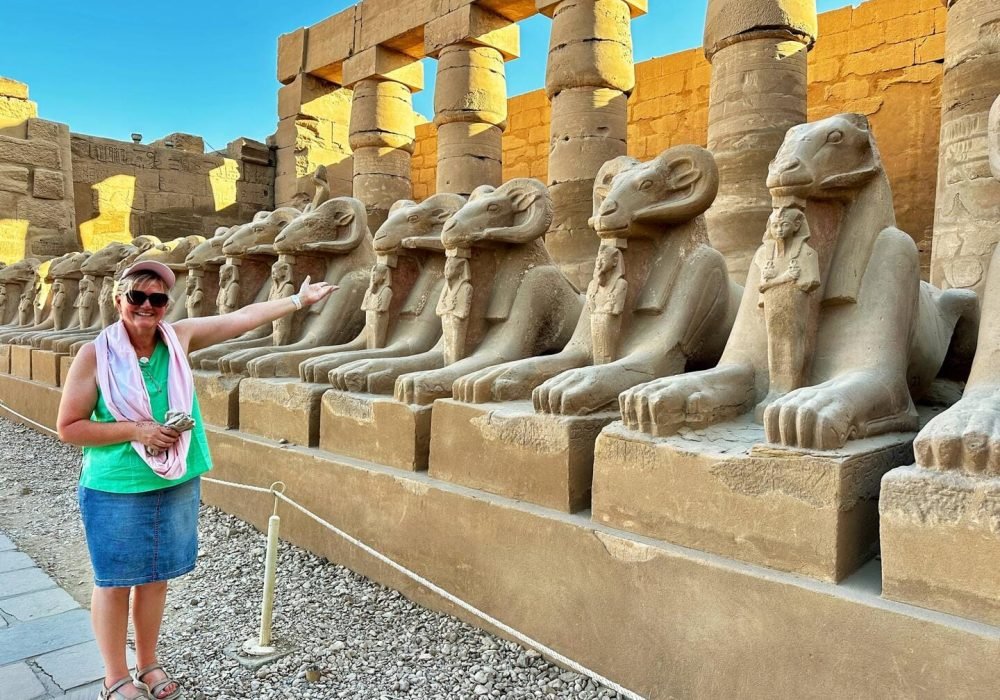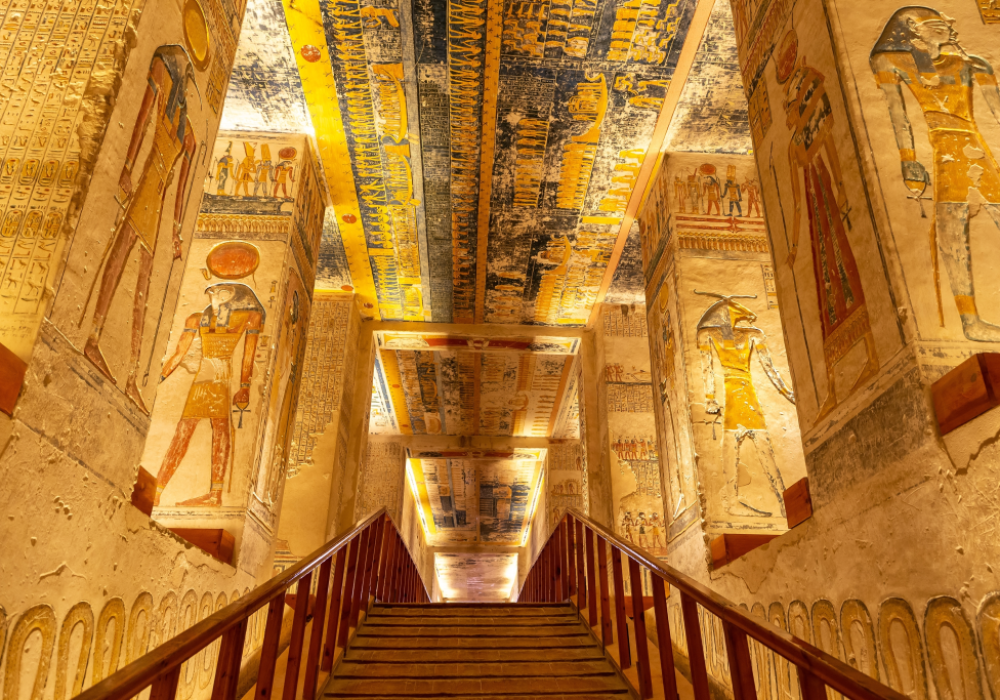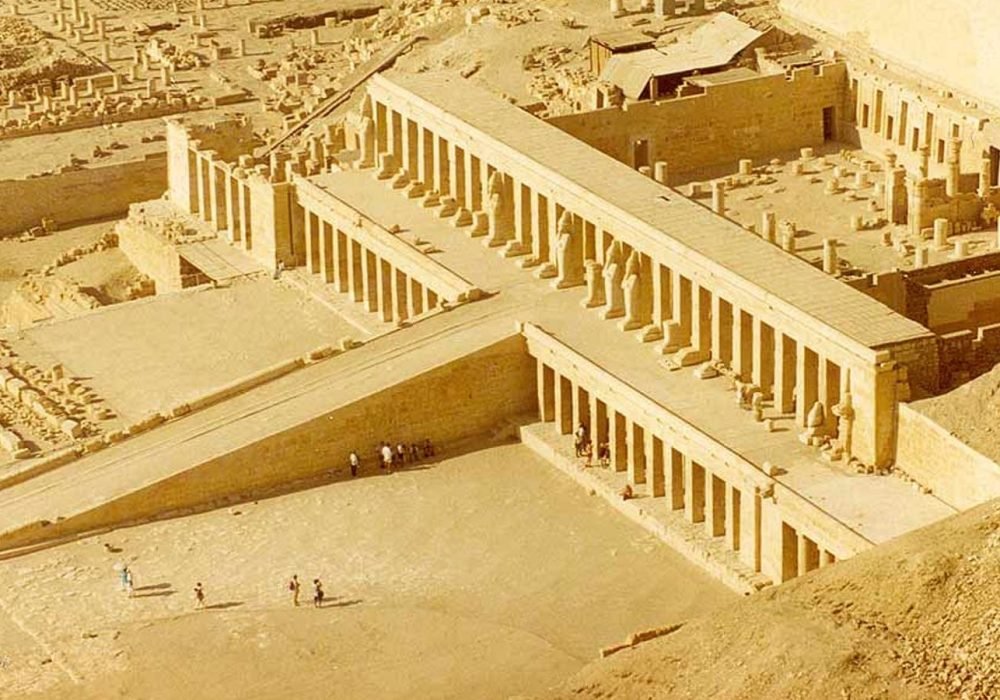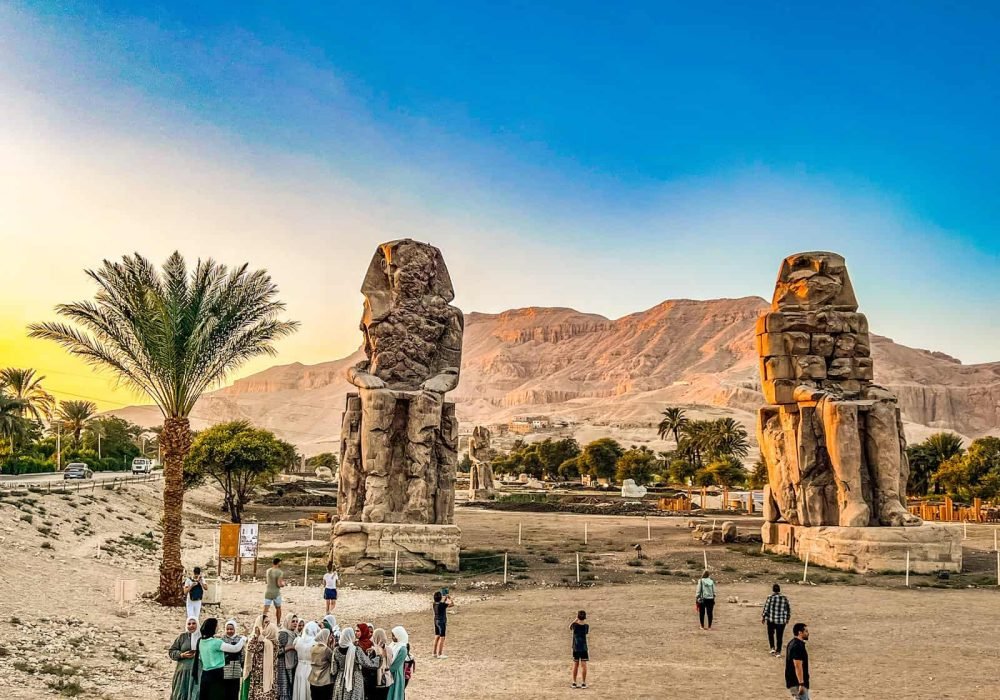- Egypt Tour Magic
- Egypt Tour Packages
- Excursions in Egypt
- Cairo Tours and Excursions
- Hurghada Tours and Excursions
- Soma Bay Tours and Excursions
- Makadi Bay Tours and Excursions
- Sahl Hasheesh Tours and Excursions
- El Gouna Tours and Excursions
- Marsa Alam Tours and Excursions
- Port Ghalib Tours and Excursions
- El Quseir Tours and Excursions
- Dendera and Abydos Day Tours
- Aswan Tours and Excursions
- Luxor Tours and Excursions
- Alexandria Tours and Excursions
- Sharm El Sheikh Tours and Excursions
- Top Rated Tours in 2025
- Optional Excursions in Egypt
- Private Transfer
- Blogs About egypt
- Ancient Egypt
- What You Need To know Before Your First Trip To Egypt
- Best Places to Visit in Egypt 2025
- Top Attractions in Red Sea Resorts 2025
- Top 10 Tourist Activities in Egypt
- Top 30 Activities You Can’t Miss in Egypt
- The Guide to Guided Tours in Egypt
- Egypt’s Ancient and Modern History
- The Nile River
- The Deserts of Egypt
- Historical Sites in Egypt
- Cairo
- Alexandria
- Luxor
- Aswan
- The Red Sea
- Dendera Temple
- El Fayoum Oasis
- Bahariya Oasis
- Siwa Oasis
- Al Alamein
- Marsa Matruh
- Ancient Egyptian gods
- famous Egyptian dishes
- UNESCO World Heritage sites
- About Us
- Why Egypt Tour Magic
- Egypt Tour Magic
- Egypt Tour Packages
- Excursions in Egypt
- Cairo Tours and Excursions
- Hurghada Tours and Excursions
- Soma Bay Tours and Excursions
- Makadi Bay Tours and Excursions
- Sahl Hasheesh Tours and Excursions
- El Gouna Tours and Excursions
- Marsa Alam Tours and Excursions
- Port Ghalib Tours and Excursions
- El Quseir Tours and Excursions
- Dendera and Abydos Day Tours
- Aswan Tours and Excursions
- Luxor Tours and Excursions
- Alexandria Tours and Excursions
- Sharm El Sheikh Tours and Excursions
- Top Rated Tours in 2025
- Optional Excursions in Egypt
- Private Transfer
- Blogs About egypt
- Ancient Egypt
- What You Need To know Before Your First Trip To Egypt
- Best Places to Visit in Egypt 2025
- Top Attractions in Red Sea Resorts 2025
- Top 10 Tourist Activities in Egypt
- Top 30 Activities You Can’t Miss in Egypt
- The Guide to Guided Tours in Egypt
- Egypt’s Ancient and Modern History
- The Nile River
- The Deserts of Egypt
- Historical Sites in Egypt
- Cairo
- Alexandria
- Luxor
- Aswan
- The Red Sea
- Dendera Temple
- El Fayoum Oasis
- Bahariya Oasis
- Siwa Oasis
- Al Alamein
- Marsa Matruh
- Ancient Egyptian gods
- famous Egyptian dishes
- UNESCO World Heritage sites
- About Us
- Why Egypt Tour Magic
Exploring the Temples of Luxor and the Ancient City of Thebes: A Glimpse into the Glory of Ancient Egypt
The ancient city of Thebes (modern-day Luxor) is one of the most significant archaeological sites in the world. It was once the capital of ancient Egypt during the New Kingdom period and served as the religious and cultural hub of the civilization. Today, Luxor is a treasure trove of ancient Egyptian monuments, including some of the most impressive temples and tombs that showcase the grandeur of Egypt’s pharaonic heritage. A visit to Luxor offers travelers the chance to explore temples, tombs, and monuments that bring to life the powerful rulers, gods, and everyday life of ancient Egypt.
1 . Luxor Temple: The Heart of Theban Religious Life
The Luxor Temple is one of the most famous temples in Egypt and one of the best-preserved ancient monuments in Luxor. It is located on the east bank of the Nile River, and its history dates back to the reign of Amenhotep III and Ramesses II. The temple was dedicated to Amun-Ra, the supreme god of the New Kingdom. The temple’s impressive architecture includes a magnificent pylon, colossal statues of Ramesses II, and the famous Avenue of Sphinxes that connects the temple to the Karnak Temple. Visitors can marvel at the grand hypostyle hall filled with towering columns and admire the intricately carved walls that depict scenes from the reigns of various pharaohs.
2 . Karnak Temple: The Largest Religious Complex in the World
The Karnak Temple Complex is one of the largest religious buildings ever constructed, and it is the most significant ancient Egyptian temple complex still standing. Located just a short distance from Luxor Temple, the Karnak Temple is dedicated to the Theban Triad—Amun, Mut, and Khonsu—and was the center of religious life for over 2,000 years. The complex includes various temples, chapels, and pylons, with the Great Hypostyle Hall being one of the most iconic parts of the site. The hall contains 134 massive columns, some reaching a height of 24 meters. The obelisk of Hatshepsut and the sacred lake are also among the many significant features of the temple. Visitors can explore the Avenue of Sphinxes, which connects Karnak to Luxor Temple, creating a majestic path between these two extraordinary monuments.
3 . The Valley of the Kings: The Royal Burial Ground of the Pharaohs
On the west bank of the Nile lies the Valley of the Kings, a royal necropolis where many of Egypt’s most famous pharaohs were buried. The valley is home to the tombs of great rulers such as Tutankhamun, Ramesses II, and Seti I. The tombs in the Valley of the Kings are renowned for their intricate wall paintings, which depict scenes from the pharaoh’s afterlife journey. The tomb of Tutankhamun, discovered by Howard Carter in 1922, is one of the most famous and well-preserved tombs in the valley, offering an unparalleled glimpse into ancient Egyptian burial practices. The valley is also home to the tomb of Queen Nefertari, which is considered one of the most beautiful tombs in Egypt, with vibrant frescoes adorning the walls.
4 . Temple of Hatshepsut: The Monument to a Female Pharaoh
The Temple of Hatshepsut, dedicated to the female pharaoh Hatshepsut, is one of the most impressive temples in Luxor. Located near the Valley of the Kings, the temple is carved into the cliffs of Deir el-Bahari and features a series of terraces and monumental statues. It is an extraordinary example of ancient Egyptian architecture, with its grand entrance and massive colonnades. Hatshepsut’s temple stands as a testament to her reign and her achievements as one of Egypt’s most successful and powerful female rulers. The temple also showcases the rich reliefs and carvings depicting the queen’s famous journey to the land of Punt, as well as her religious rituals.
5 . The Valley of the Queens: The Final Resting Place of Royal Women
While the Valley of the Kings is where the pharaohs were buried, the Valley of the Queens was reserved for the burial of royal wives, queens, and children. This tranquil site, located on the west bank of the Nile near Luxor, contains numerous tombs that feature elaborate paintings and intricate reliefs. Among the most famous tombs in the valley is that of Queen Nefertari, the wife of Ramesses II. The tomb is renowned for its vivid frescoes that depict Nefertari’s journey to the afterlife, and it is considered one of the most beautiful and well-preserved tombs in Egypt.
6 . The Significance of Exploring Luxor Temples and the City of Thebes
Exploring the temples of Luxor and the ancient city of Thebes offers visitors a chance to experience the grandeur and magnificence of ancient Egyptian civilization. These sites, which include the Luxor Temple, Karnak Temple, the Valley of the Kings, and the Valley of the Queens, allow tourists to step back in time and discover the incredible artistry, architecture, and religious practices that defined one of the world’s most powerful civilizations. The ancient temples, tombs, and monuments provide valuable insights into the lives of Egypt’s greatest pharaohs and queens, as well as their beliefs and customs. For anyone interested in Egyptian history and ancient architecture, a visit to Luxor is an unforgettable experience.
7 . Best Time to Visit Luxor and Thebes: Ideal Weather for Exploration
The best time to visit the temples of Luxor and the city of Thebes is during the cooler months of winter or spring. The temperatures in Luxor can be extremely hot during the summer months, making it difficult to explore the outdoor sites. It is recommended to visit in the early morning or late afternoon to avoid the midday heat. These times also offer the perfect lighting for photography, especially when the temples and tombs are bathed in the warm glow of the sun.
8 . Tips for Visiting Luxor Temples and Thebes: Make the Most of Your Trip
When visiting the temples of Luxor, it is essential to wear comfortable clothing and sturdy shoes, as you will be walking on uneven ground and sometimes sandy terrain. It is also advisable to bring plenty of water to stay hydrated, particularly if you are visiting during the warmer months. Consider hiring a local guide who can provide insights into the history and significance of the temples and tombs you are visiting. Additionally, be prepared for crowds at popular sites like the Valley of the Kings, so plan your visit during off-peak hours for a more relaxed experience.










